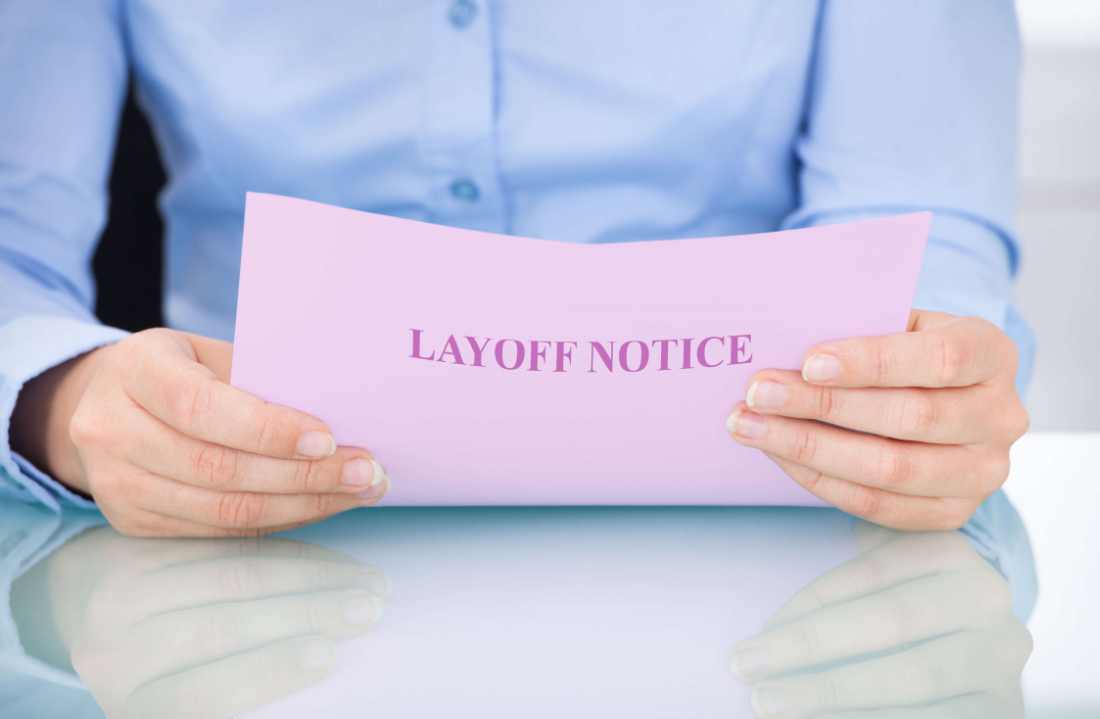Maximum Permitted Lay-off in BC to be reduced as of August 31, 2020
BC employers who put employees on temporary lay-off prior to June 1, 2020 due to COVID and thus were covered by the temporary 24 week limit on temporary lay-offs need to be aware of how the temporary extended period of lay-off will change as of August 31.
As we understand it, the government will not be further amending the ESA Regulation to change its current text on duration of lay-off due to COVID quoted at the end of this Alert.
This means that for employees currently on a COVID-caused temporary lay-off, whether or not they have been off for up to the full currently permitted 24 weeks as of August 30, 2020, effective August 31 the old time limit of only 13 weeks of lay-off in any 20 weeks kicks back into place. For example, an employee off on say 20 weeks of COVID temporary lay-off as of August 31, and thus theoretically having another 4 weeks of potential lay-off under the temporary 24 week rule, would suddenly be deemed terminated on August 31 as the lay-off is governed as of August 31 by the old regular lay-off rules and has exceeded 13 weeks. There does not seem to be any provision to “grandfather” COVID lay-offs that started during the time the 24 week lay-off limit was in effect (mid-March to end of May) to 24 weeks.
The only way to avoid that result is to apply for a variance to extend the period of lay-off. To get one, the employer must provide proof that more than 50% of the affected employees for whom an extension of temporary lay-off is sought have agreed to the extension. The government has promised to expedite issuing such variances but there are only 18 days left to submit one. If 51% of the employees initially asked by the employer to agree to an extension of lay-off reject the request, an employer could try to seek a variance in respect of a smaller group in which the employer can get over 50% support. See this link for more information re getting a variance.
Given it will take time to determine which employees may need an extension of lay-off (versus termination) and then to get consents, including possibly adjusting the group for whom the variance is sought and submit the variance request and get it back, employers needing such relief need to address this issue and submit a variance right now.
This issue may not create an issue for your company in its strategy to avoid deemed termination and severance liability under the ESA and/or mass lay-off pay under the ESA but I wanted to make sure you were aware of this. For any employees who have been off on temporary lay-off for over 13 weeks but less than 24 when August 31 arrives, they will be deemed terminated under the ESA on August 31. Note in such cases only (i.e. where the temporary lay-off exceeds the limit and is deemed a termination), the ESA deems their termination date to be the date they started their lay-off.
Note also from the text below that lay-offs that started after June 1 were never covered by the special 24 week limit, presumably as the government felt lay-offs after that date cannot be attributed to COVID—a questionable premise.
Extract from ESA Regulation:
Exclusions during COVID-19 emergency
45.01 (1) in this section, “COVID-19 emergency” means the emergency that is the subject of
(a) the notice provided on March 17, 2020 by the provincial health officer under section 52 (2) of the Public Health Act, and
(b) the declaration of a state of emergency made on March 18, 2020, and any extension of that declaration, under section 9 of the Emergency Program Act.
(2) If an employee is laid off and does not have a right of recall and the COVID-19 emergency is a cause of all or part of the layoff, the definition of “temporary layoff” in section 1 of the Act does not apply in relation to the employee and that layoff and the conditions of employment for the employee are altered in relation to that layoff by substituting the following definition:
“temporary layoff” means a layoff of up to 24 weeks in any period, ending on or before August 30, 2020, of 28 consecutive weeks.
(3) Subsection (2) does not apply in relation to a layoff described in section 37.7 (7).
(4) Subsection (2) does not apply in relation to a layoff beginning on or after June 1, 2020.
For more information about this change and how to respond to it, contact me at ghoward@howardlaw.ca, 604.424.9686.




